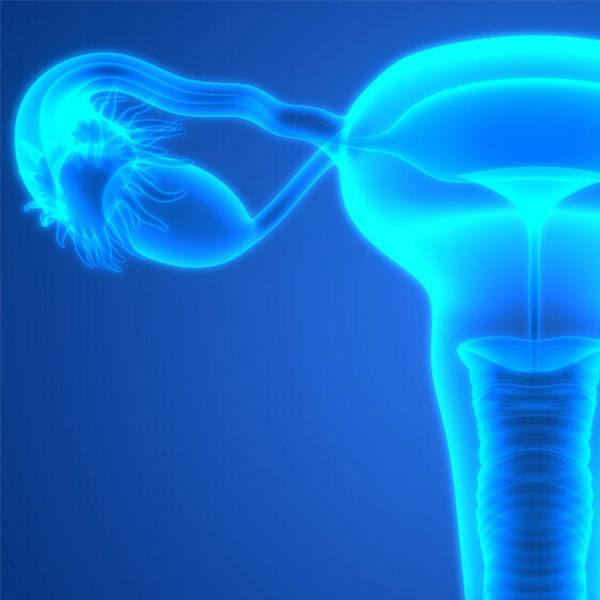Presentations at Association for Research in Vision and Ophthalmology
ROCHESTER, Minn. — April 23, 2014 — Mayo Clinic ophthalmology researchers have found a likely indicator of Fuchs endothelial corneal dystrophy. Following up on a genome-wide association study, Keith Baratz, M.D., and others discovered no single genomic variant that caused Fuchs, but found that a repeated noncoding trinucleotide sequence correlated with the condition in patients 68 percent of the time.
The findings will be presented on the afternoon of May 4 at the Association for Research in Vision and Ophthalmology annual conference in Orlando, Fla. (Poster 1003-A0392)
Other key presentations include:
A long-term study comparing three types of keratoplasty showed some initial difference in outcome, but results from all three were identical after three years. Sanjay Patel, M.D., and others assessed penetrating keratoplasty (PK), deep lamelar endothelial keratoplasty and Descemet stripping endothelial keratoplasty (DSEK) after six months, one year and three years. Health-related quality of life (Hr-QOI) scores were better for DSEK than after PK in six months, but differences were negligible after three years. (Paper 2703, May 5 a.m.)
Mayo researchers have shown that the K-ATP channel opener cromakalim has potential as a hypotensive agent to lower intraocular pressure. Michael Fautsch, Ph.D., and others tested cromakalim in mouse and human models alone and in combination with latanoprost-free acid. The combination was even more effective. (Paper, room S 310A-D, May 6 p.m.)
Visual Field Indexing (VFI) is a new summary parameter, but one that isn’t fully characterized especially in regard to managing patients with glaucoma. Syril Dorairaj, M.D., and others studied 66 eyes of 54 patients and found that VFI is an excellent correlation to mean deviation across the spectrum of visual loss. (Poster 4301-B0069, May 7 a.m.)
###
About Mayo Clinic
Recognizing 150 years of serving humanity in 2014, Mayo Clinic is a nonprofit worldwide leader in medical care, research and education for people from all walks of life. For more information, visit 150years.mayoclinic.org, www.mayoclinic.org and newsnetwork.mayoclinic.org.
MEDIA CONTACT:
Robert Nellis, Mayo Clinic Public Affairs, 507-284-5005, newsbureau@mayo.edu









